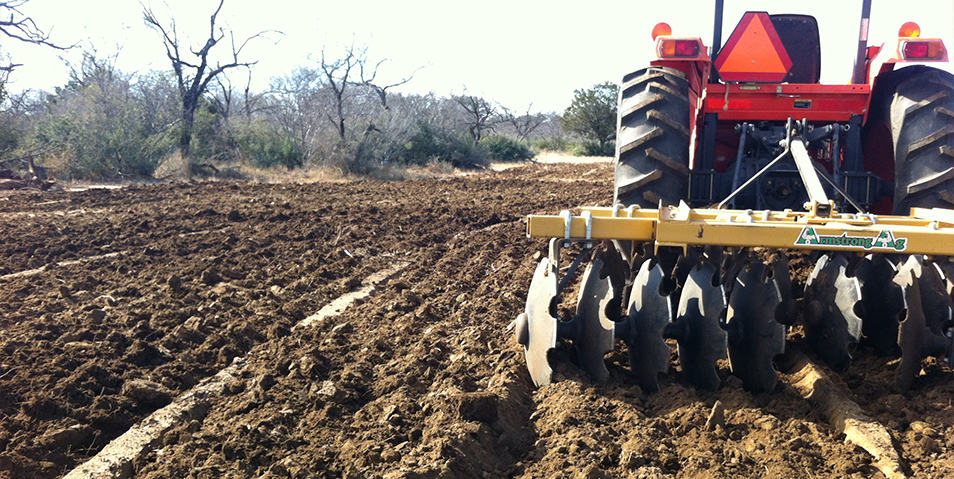Who would have dreamed a drive down Texas roads in July would be one flanked by such lush, verdant scenery. Fences are heavy with wild vines and fields thick with plant growth. Just last year, mowing what was a dry, dusty field would have seemed out of the question, but what a difference the rains have made. Now is the time to consider, and plan for, the wildlife benefits of strip mowing or strip discing those areas of your property not currently maintained with grazing or haying.
Strip Mowing
Strip mowing is about as simple as it sounds, but that simple act must be done in the right areas and at the right time. The goals of strip mowing are to control overgrown, woody plants, develop that protective edge the quail, turkey, and other small wildlife need, increase the availability of young, tender plants and forbs for wildlife forage, and improve the overall plant composition.
As a rule of thumb, the best time to mow in Texas is before March and after August. This timeframe will help ensure you won’t disturb ground nesters. Mowing after August, but before the onset of fall, will also allow some warm season growing time for the vegetation to come back for the winter, to not only provide cover for wildlife but to also avoid erosion issues. The mowed strips should be about 6-12 feet wide and about 12-24 feet apart. A good rule of thumb is to mow 1/3 of an area and leave 2/3 in its natural state. And, keep in mind, you’re not mowing a football field or the well-manicured grounds of an English manor ―crisp, straight lines are not the ideal here. Rather, think more snakelike, gently winding and turning to create more edge, focusing on those areas of the land that have a heavier concentration of seedling-sized woody stems. Once you have started your strip mowing program, be sure to rotate the mowing schedule so that the same strips are mowed only once every three years or so.
Strip Discing
Strip discing is the practice of dragging a heavy disc behind a tractor to cause soil disturbance and help promote plant and forb growth, important food for deer, quail, and many birds. When discing for wildlife you want to vary the intensity to expose bare soil on certain areas and simply stimulate stem growth in others ―total existing plant annihilation is not the goal. Like mowing, discing also helps create bare areas for quail to travel and should be in a meandering, snake-like fashion. And, also like mowing, it should not be conducted during the breeding season of ground-nesting birds (March-August). For native pastures with light to moderate densities of aggressively spreading exotics such as King Ranch bluestem, discing will sometimes increase densities of non-native plants. In this type of situation, sticking to mowing is preferable.
In addition to creating a disturbance to stimulate new plant growth on its own, by combining discing with reseeding degraded areas that have suffered from years of overgrazing can enjoy new life and increase habitat quality and food sources with a thoughtful mix of native Texas wildflower and grass seeds. Careful seedbed preparation through proper discing is essential to give the highest potential for success. To receive credit for reseeding, wildlife exemption rules state that at least 10% of the treatment area be treated each year.
If you’ve ever watched a burned field almost magically come back to life, you probably noticed the appearance of different plants, along with an abundance of young, tender versions of old plants. While field burning is not always practical, even in the wake of a rainy season, strip mowing and strip discing are readily available solutions to stimulate new plant growth. By periodically disturbing vegetation you can foster tender young plants for wildlife forage, prompt a more diverse composition of plants on your property, and ultimately create a richer wildlife habitat.









